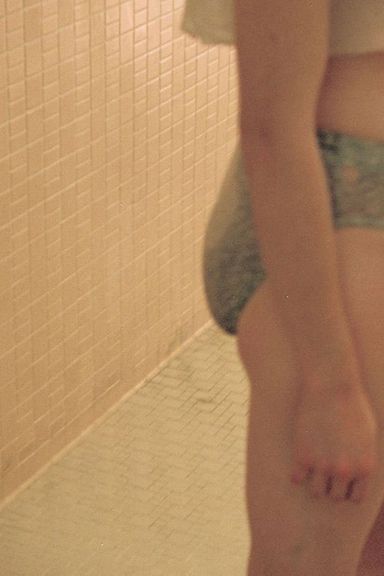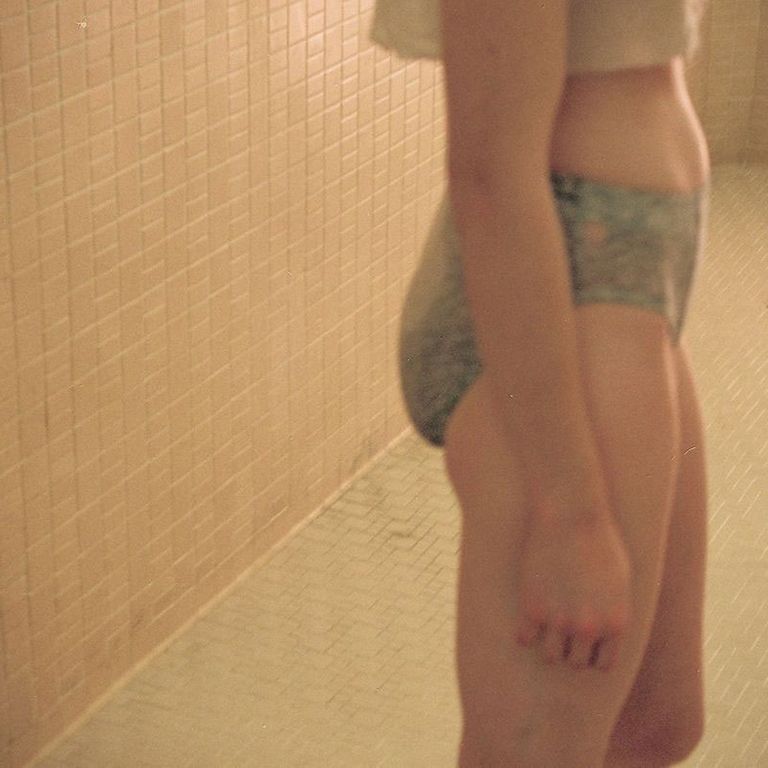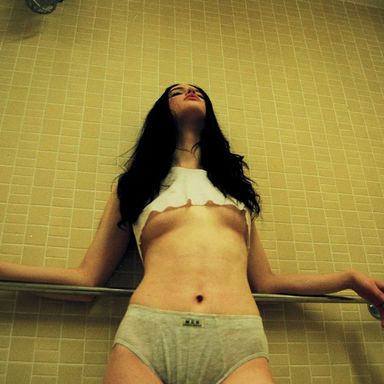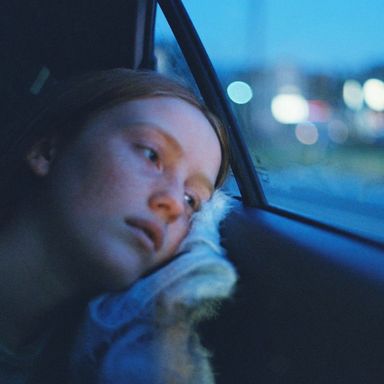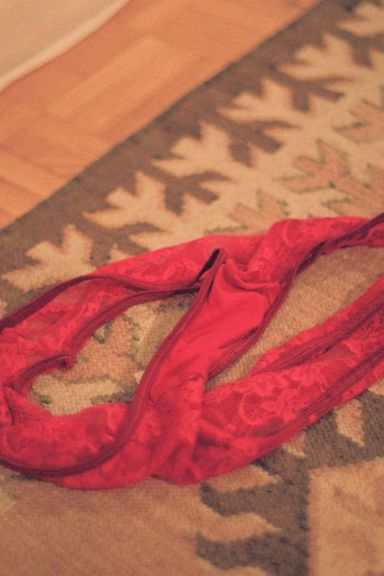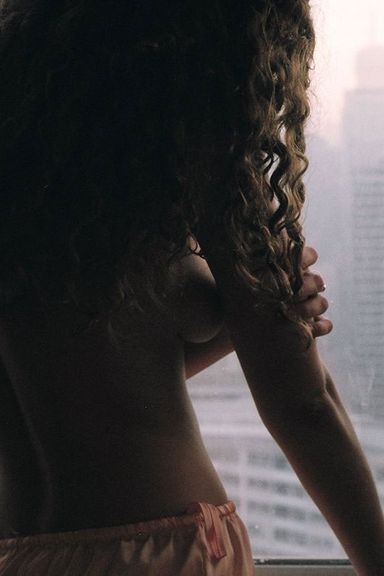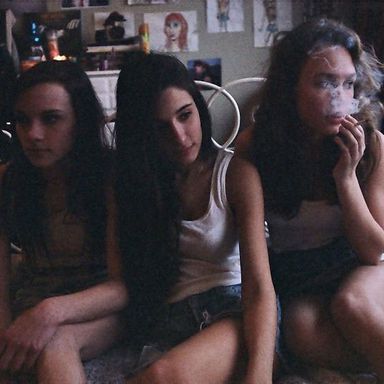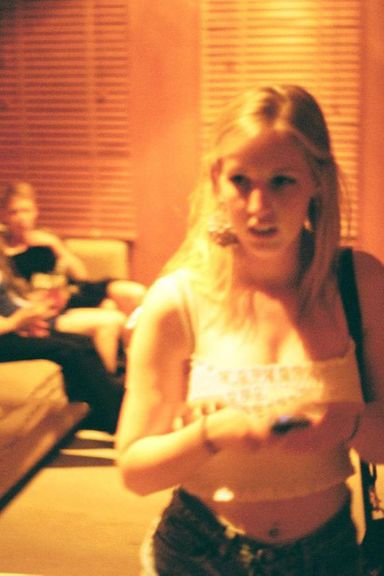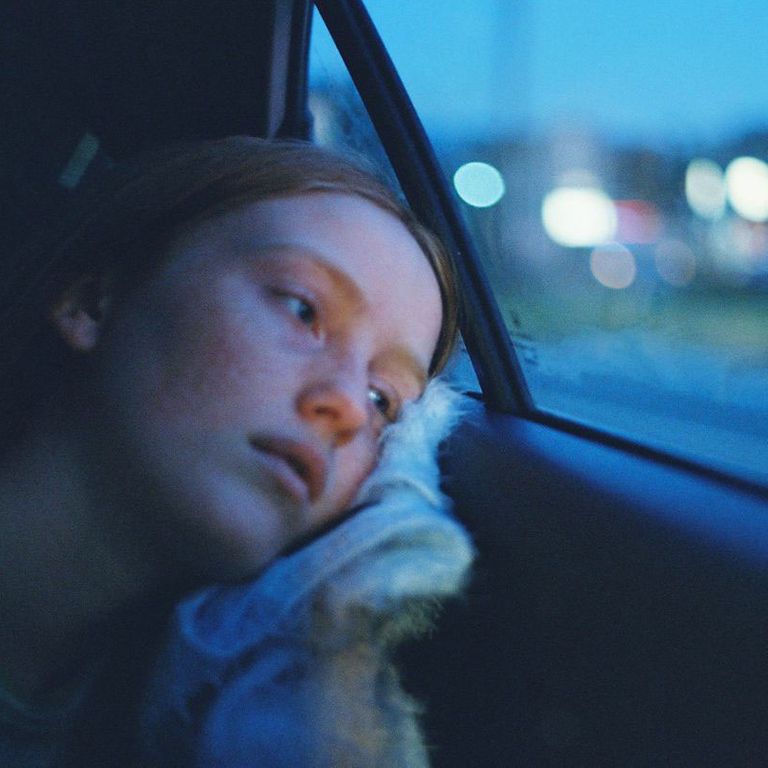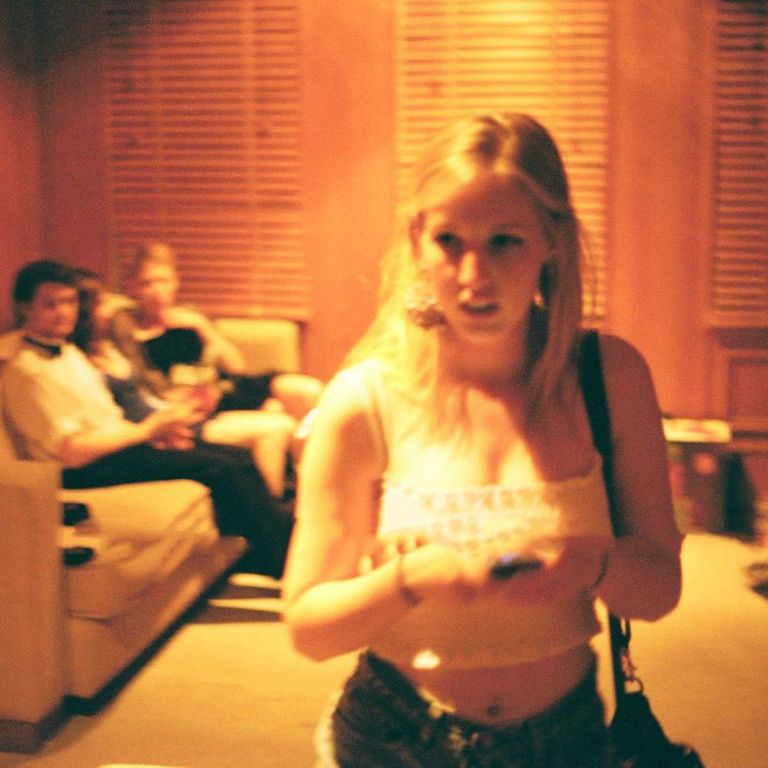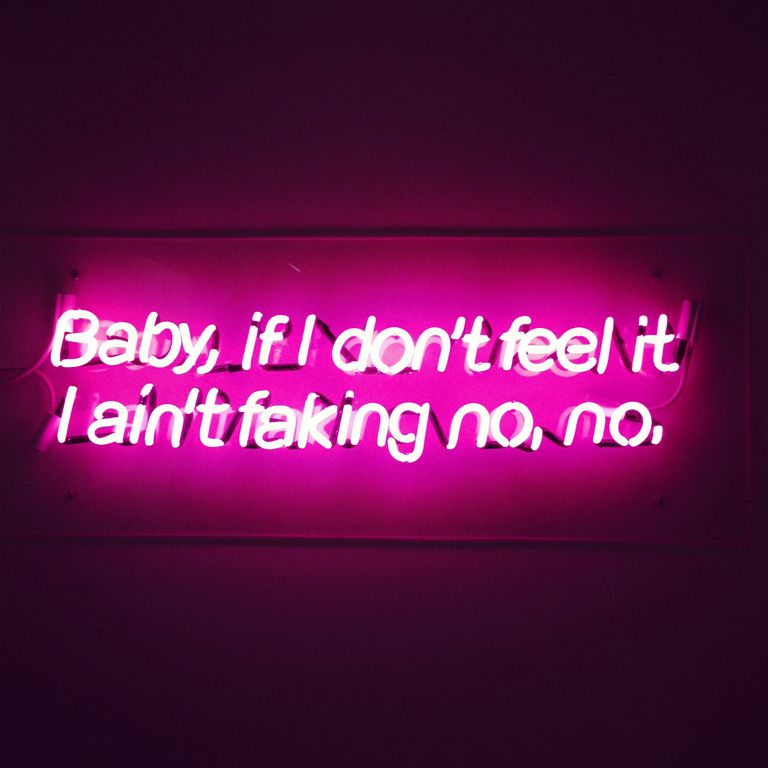See: ‘Discharge,’ Petra Collins’s First Solo Exhibition
Tonight, Petra Collins, the 21-year-old Toronto-based artist who made a name for herself photographing for Rookie and designing graphic T-shirts for American Apparel, debuts her first solo exhibition at Capricious 88 Gallery in New York. Titled “Discharge,” the show is a culmination of Collins’s work from the past six years, spanning back to when she was 15 and first started taking photographs of her female peers. She’s since taken it upon herself to deconstruct the ubiquitous “clean vision of teenage girlhood.”
Collins spoke with the Cut about puberty, censorship, and the merits of Rihanna.
“Discharge” spans the first six years of your work, since you started photographing at age 15. How has your work evolved since then?
I started at such a crazy age, while I was going through puberty and growing into my sexuality, so when I started taking photos it was really me struggling to figure out a way to express my sexuality and also own it.
The show has a lot to do with the body and self-reflection. In my early work, I have a lot of photos of girls getting ready or looking at themselves in the mirror — observing themselves or observing themselves being observed by others. That sort of translated to this new series that I’m doing, which is also in my show, and it’s about girls taking selfies — so, like, self-portraits on their phones. With a selfie, there’s always a third party in mind, so it’s interesting looking at these girls curating their images by taking these photos and stuff.
This fall, following the deletion of your Instagram acccount after you posted a picture of your own not-hairless bikini line, you wrote an essay for Oyster on censorship and acceptable female bodies. How do the ideas from that essay carry over to your work?
I try to create images of things that aren’t necessarily spoken about, or what we would want to see — not the clean version of teenage girlhood that we usually receive. We’re taught that women have to live these weird double lives, like once you get your period and once you start growing hair, you have to immediately hide it. I try to bring in taboo topics of puberty, because I want people to have to deal with it and look at it.
You also cite Rihanna and female chats among your inspirations.
Yeah. This year I started creating neon works of Rihanna lyrics. I’m a big fan of pop music, and I always find it interesting what we find acceptable and unacceptable. An example that I always say is that One Direction song that’s like, “You don’t know you’re beautiful, that’s what makes you beautiful.” That’s so deprecating and negative, whereas Rihanna’s lyrics are very sexually empowered. Like one of my lyrics was from “Rude Boy,” which is, “Baby, if I don’t feel it, I ain’t faking, no no.”
I’ve also been collecting text messages from the subjects I shoot. It’s really interesting what we say to each other. The ones I picked are really self-deprecating, horrible ones that I find I will say about myself, or I’ll say to others, just like common things. I wanted to put it up in a solid neon to show the ridiculousness of it.
Some of your recent work — like the bloody-vagina shirt you designed for American Apparel this fall — has been met with pretty inflammatory responses in the media. Has that influenced the way you approach your work at all?
I’m never surprised at the responses, because that’s why I’m creating these works — because they aren’t accepted. I don’t intentionally say, I’m going to create this image to get a rise out of people, but it’s still interesting to me how shocking these everyday things are to people. It makes me want to work harder and create more things that people aren’t comfortable with and that they need to get comfortable with.
What’s the significance of the title “Discharge”?
Well, it’s a natural thing that happens for girls that is seen as so dirty — it’s actually the body cleaning itself out, but it’s also this weird, embarrassing thing that we have in our underwear all the time. But I just thought it was funny and made sense, because I’ve been creating this work to cleanse myself, almost. But sometimes the work that I create is seen as gross, when it’s really this positive thing.
